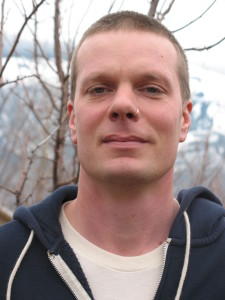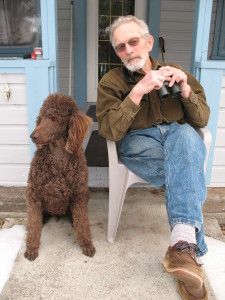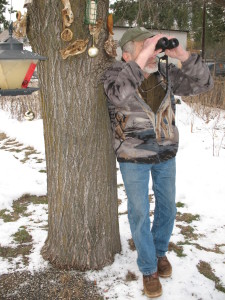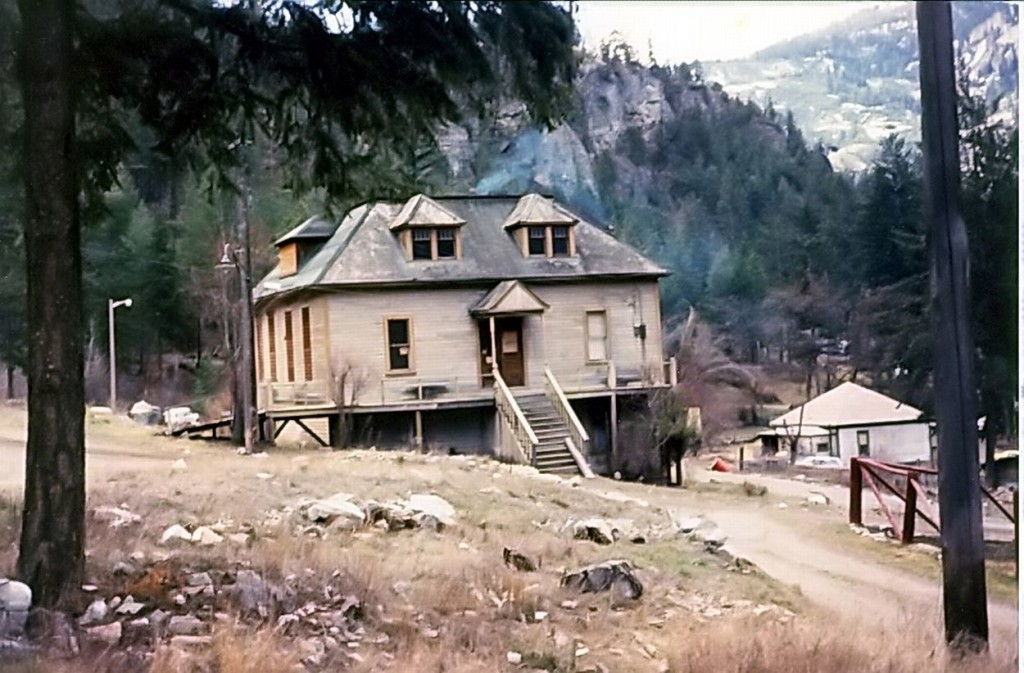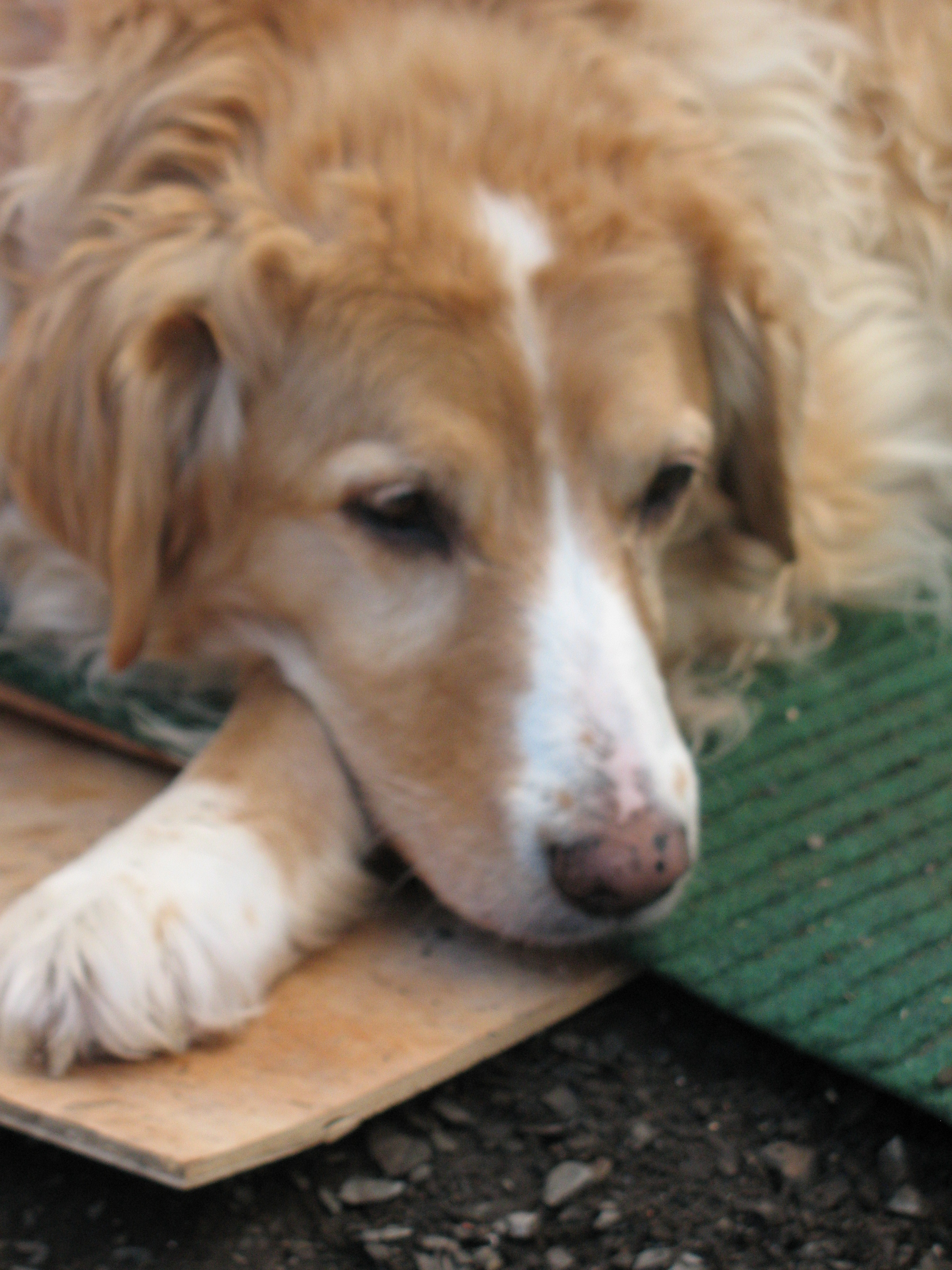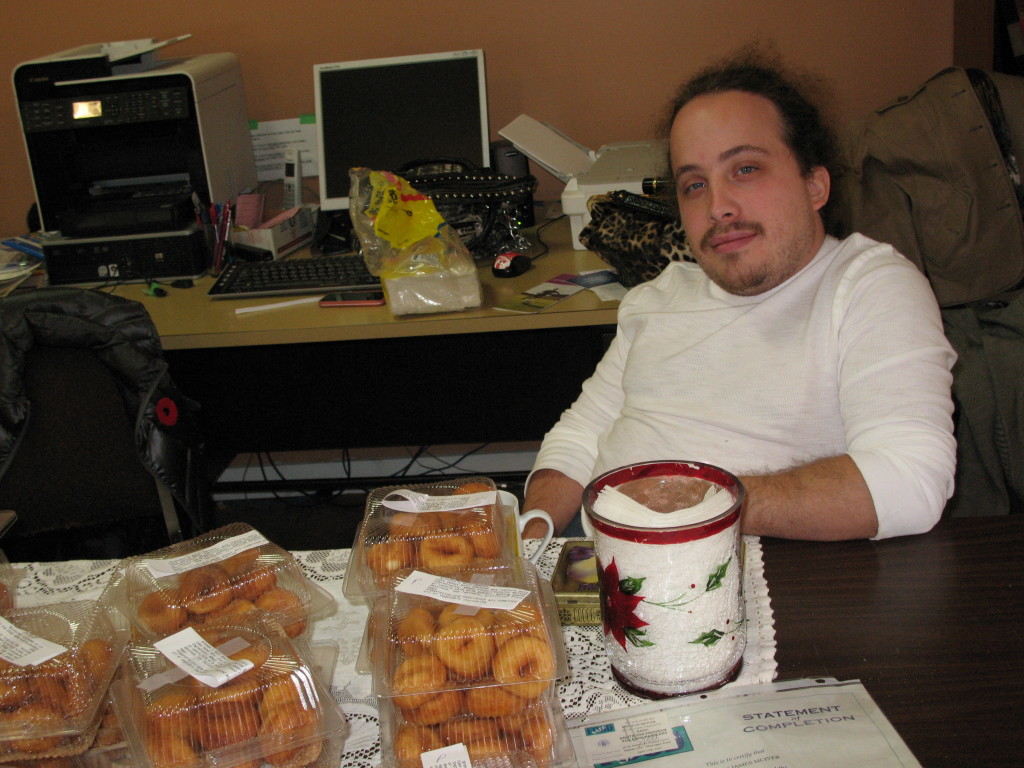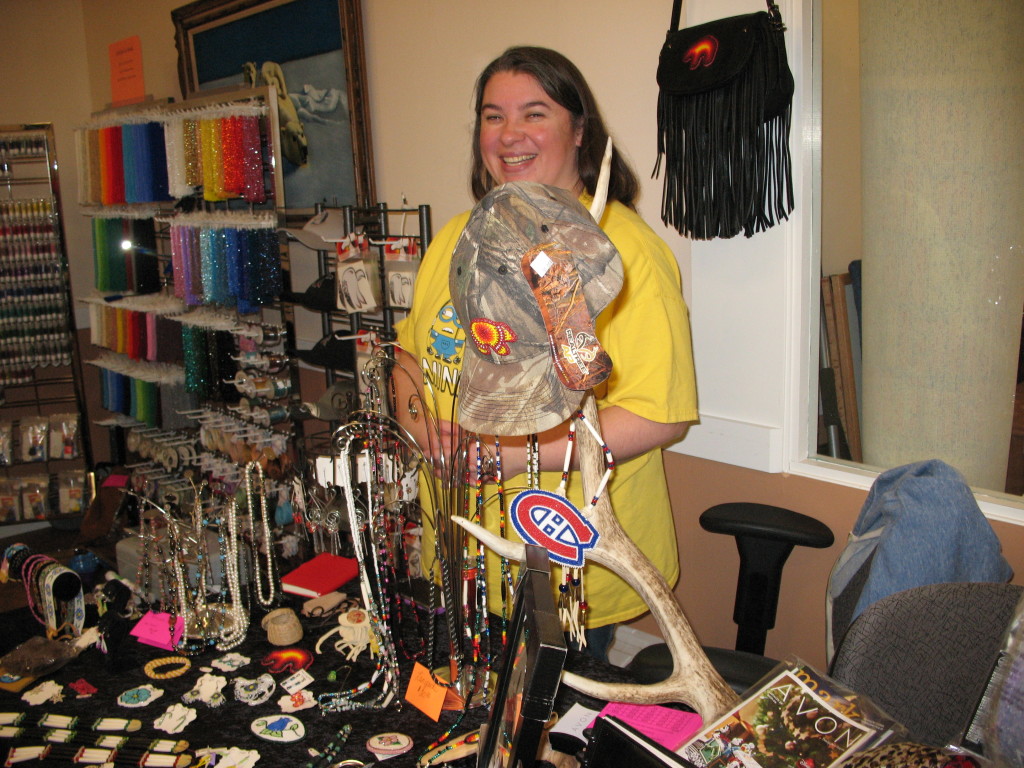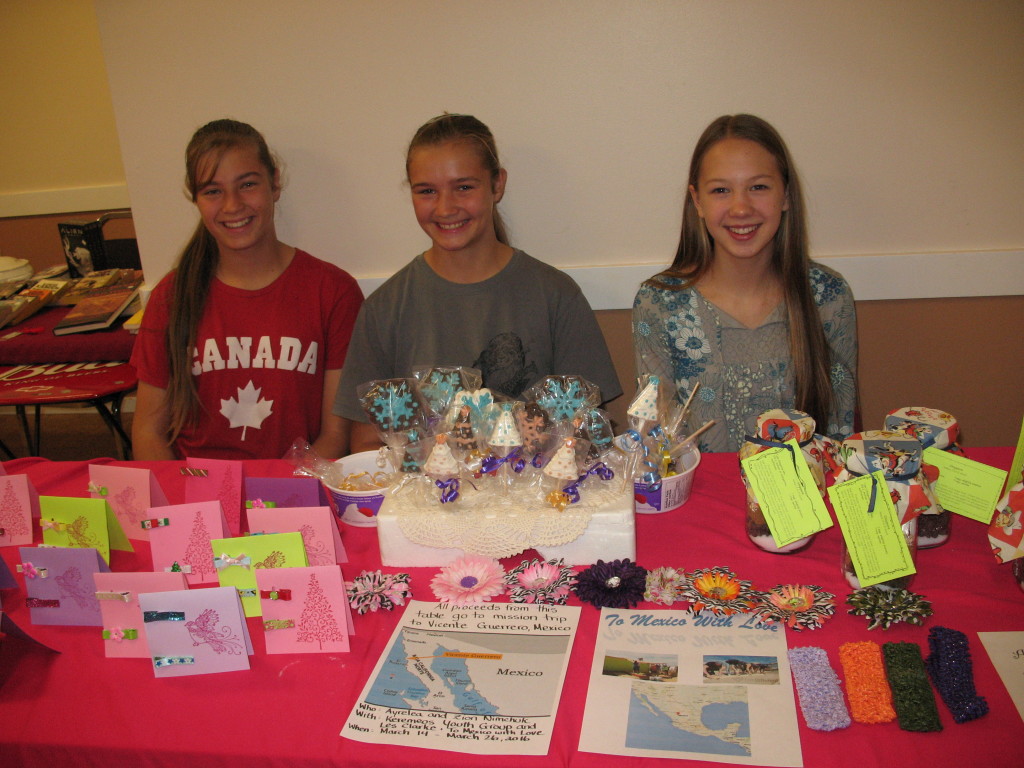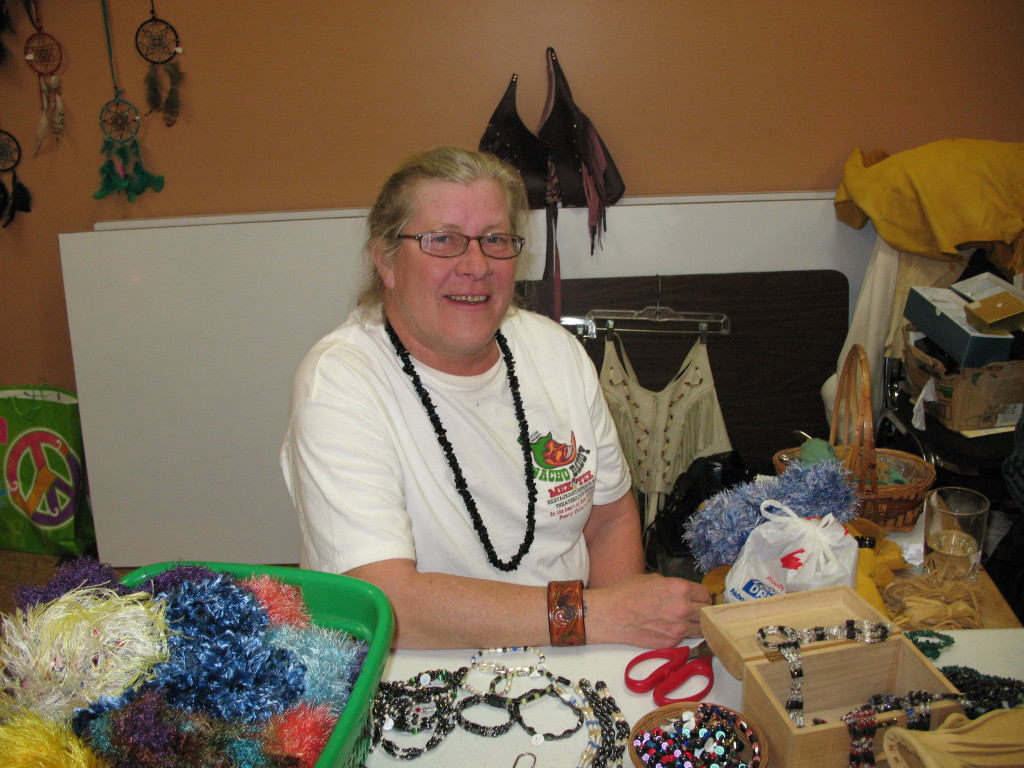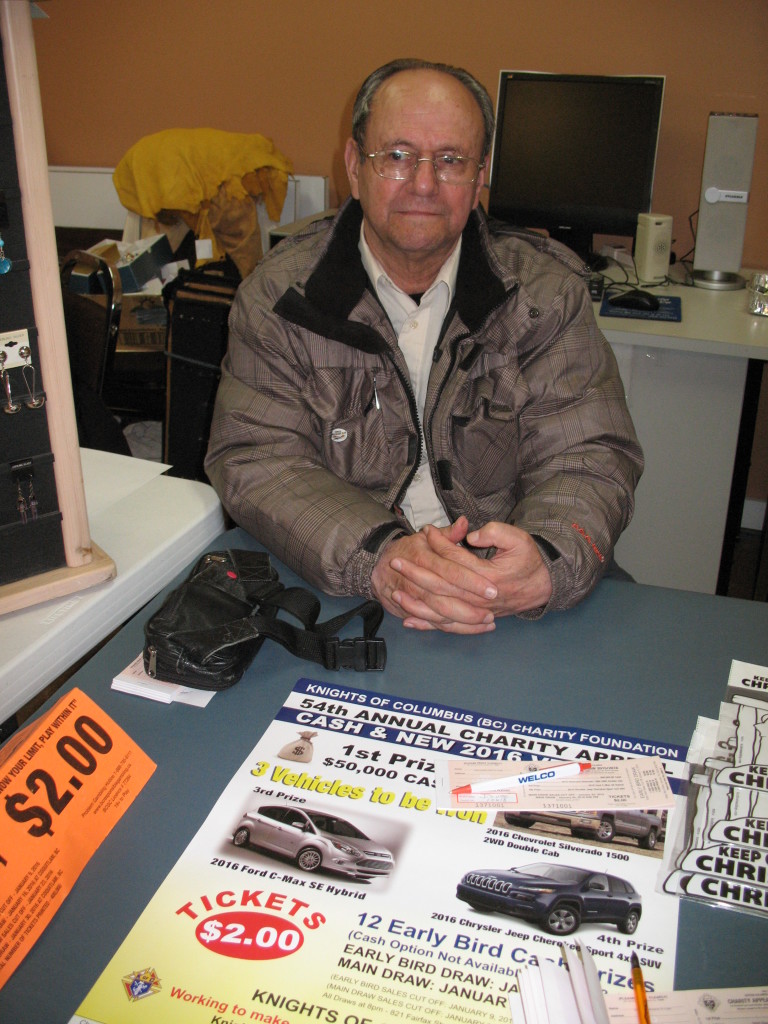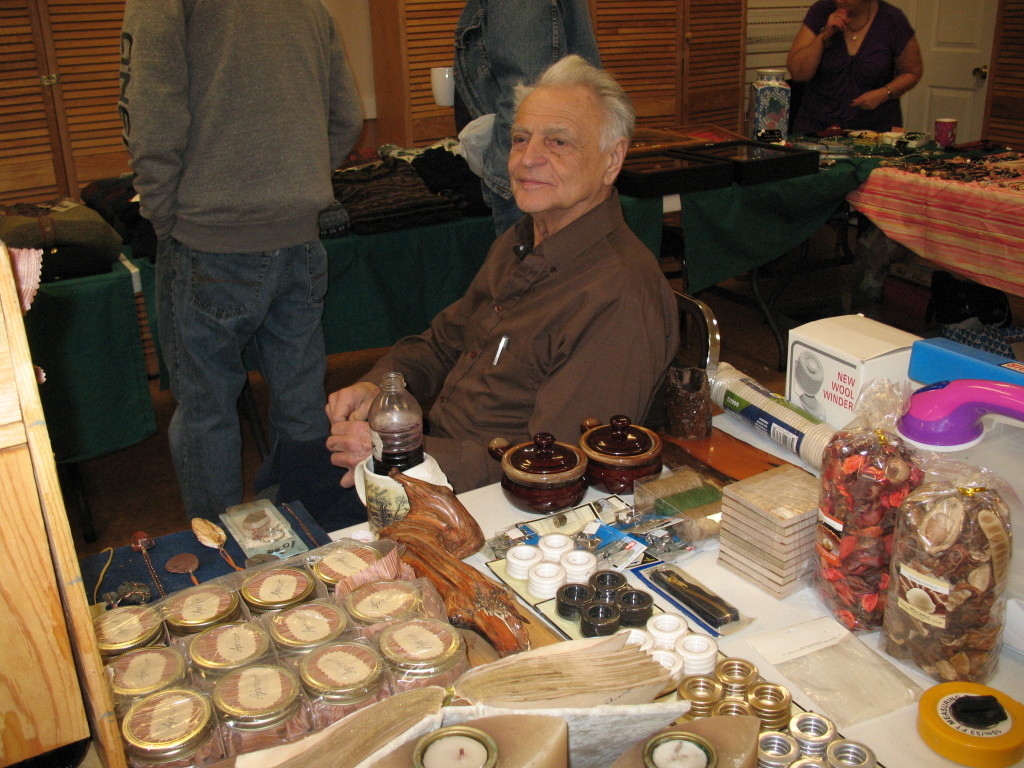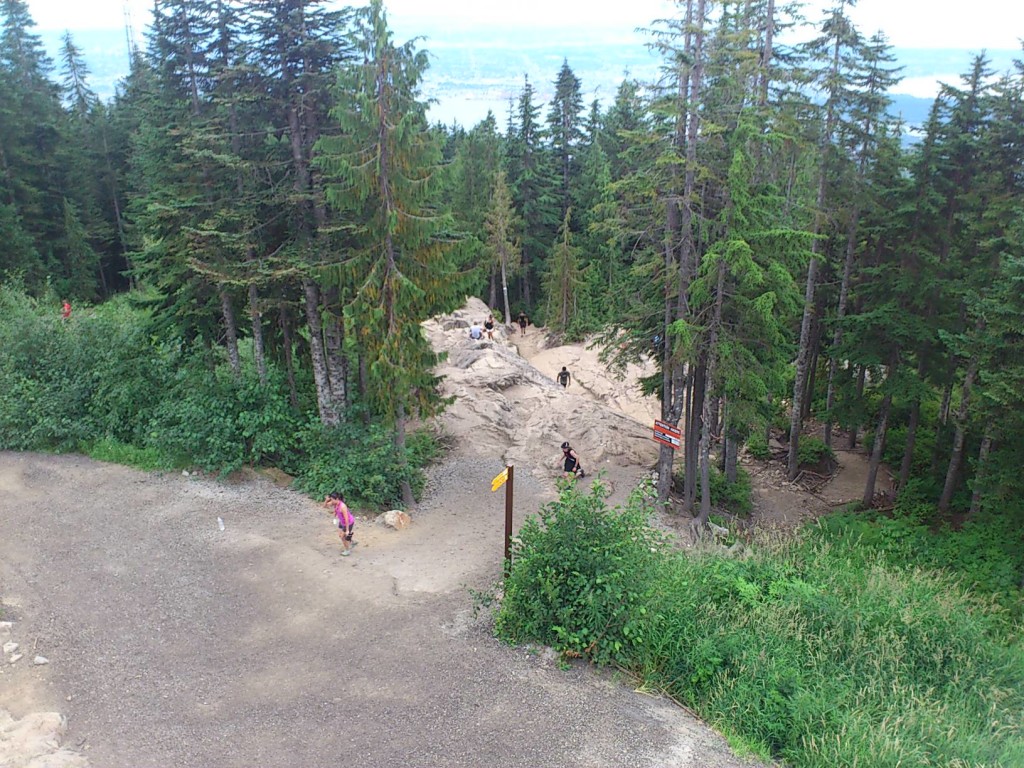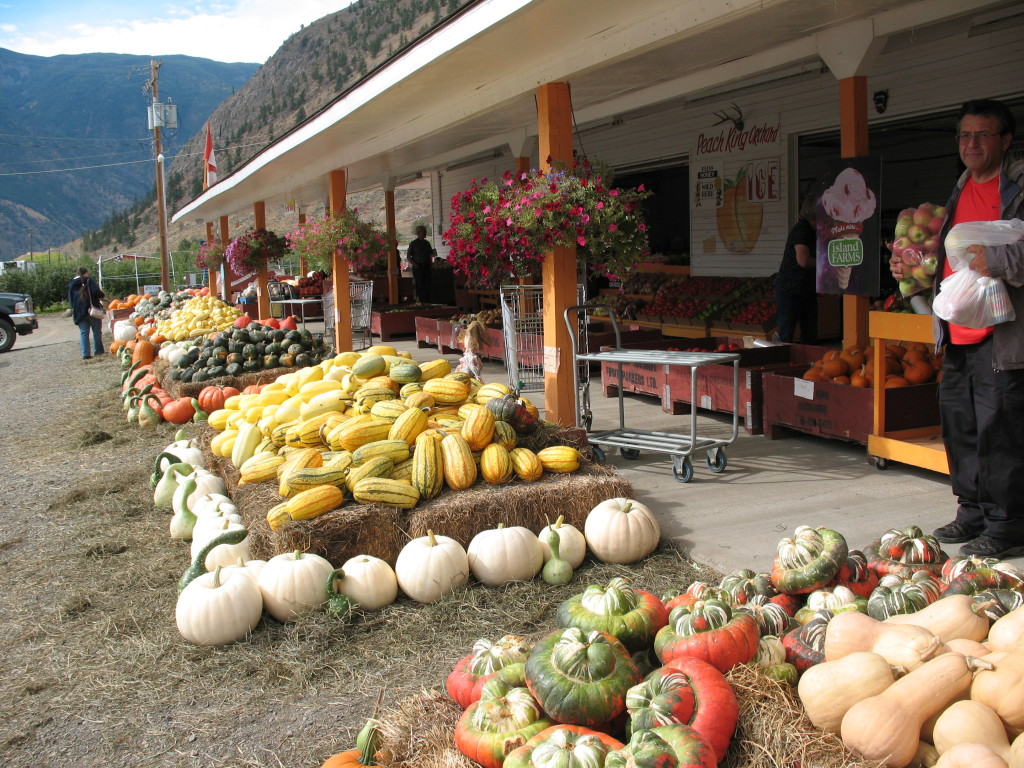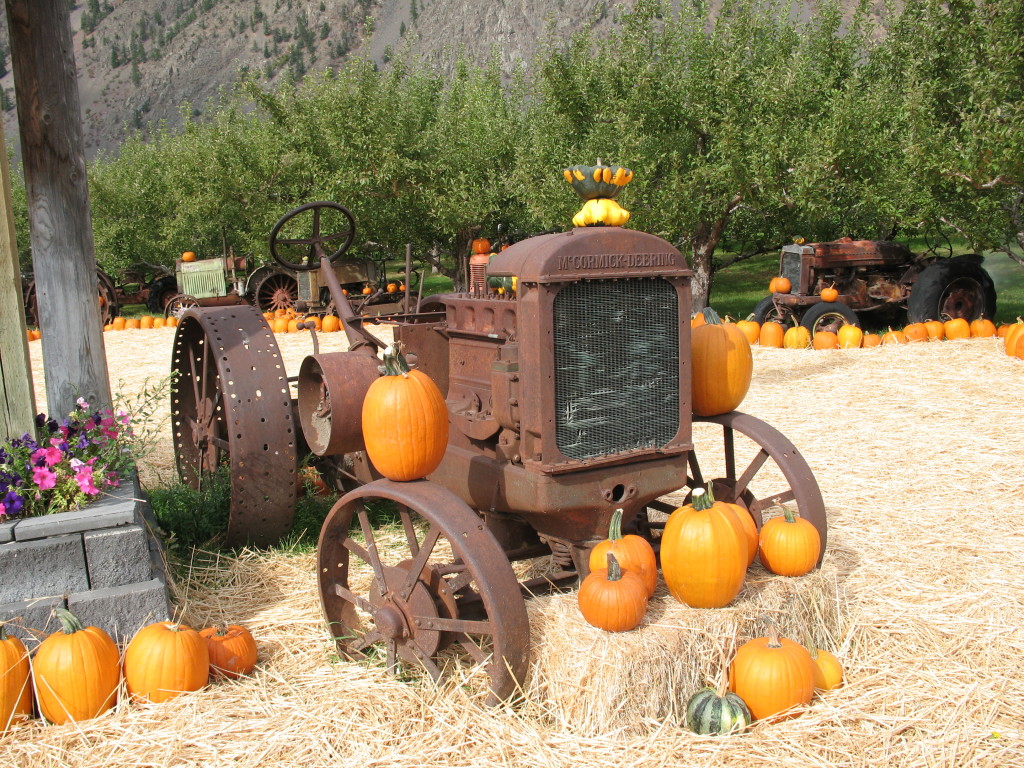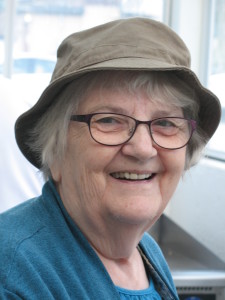
Listening to Margaret Skaar in our home last week, I understood very quickly that she’s a high octane lady who, in the game of life, is not a mere bystander. “I was born in the Lethbridge Hospital the day it opened,” she said. “A year later our family moved to the outskirts of Calgary. When I was about 4 or 5, sometimes my Mom really ticked me off and I’d jump on a street car and ride to my Dad’s downtown office.”
Later, after graduating, she wanted to go to tech school but an aptitude test suggested she pursue a career in the financial sector. Margaret landed a position with CIBC. At age 19, she fell in love and got married to Peter.
The bank put Margaret on a fast track to management. She enrolled in university night classes such as business law, economics, and personnel development. After completing the required twelve courses she was awarded the Fellowship Institute of Canadian Bankers certification.
While still enrolled in these courses, in 1980 the marriage to Peter unravelled. “It was an amicable separation,” she said. “Our 3 children stayed with me.” In addition to family responsibilities, she worked and continued with the courses. It was a test of her determination and resilience.
“When they made me a bank manager,” she said, “I learned to golf so I could hang out with the business crowd. I attended their fancy social functions. The experience helped me realize I was more comfortable with ordinary people, not with the ones who owned the corporations. People think I’m not shy, but with people I don’t know, I am.”
When the man she was dating was transferred to B.C., Margaret moved too. “The bank didn’t have a manager position for me here, so they put me in Consumer Loans. I was delighted. I especially enjoyed dealing with people buying their first home.”
There was a downside for her in this role. “Some people coming for a loan consolidation were making serious mistakes and would come in again for more funds. I could see what they were doing wrong, but I couldn’t help. If they came in for a third consolidation, I had to refuse them. I always referred them upstairs to get advice about money management.”
Desiring companionship again, in 1986 she placed an ad looking for a man who enjoyed camping, fishing and country music. In the same paper, Oly Skaar placed a virtually identical ad. They were married later that year and bought a home in Hedley in 1990. “I learned about Hedley when I did a mortgage for a man buying a home here,” she explained.
After opting for early retirement in 1992, they did a lot of camping and fishing, often at Spence’s Bridge. “We loved taking our grandchildren fishing,” she said.
It wasn’t all joy though. “Everyone in town knows Oly had a serious alcohol issue,” she said. Once again she needed to be strong and resilient. She didn’t walk away from the marriage, and she didn’t wallow in misery.
“I joined Al Anon,” she said. “That gave me a better understanding of what Oly was experiencing, and it helped me cope. When I stopped complaining about the drinking, he didn’t drink as much. We came to have a fun relationship. Sometimes we sat for a couple of hours on the front porch drinking coffee and talking. Staying in the relationship paid off.”
They gave time and energy to the community. “Oly became President of the OAP, now the Hedley Seniors’ Centre, and I was treasurer. In our first year here, Oly served as greeter at the Museum every Saturday and I worked in the kitchen.” When Oly passed away a few years ago, Margaret made the decision to carry on.

Currently she is a member of the OAP in Princeton and the Seniors’ Centre in Hedley, belongs to 3 Red Hat Ladies groups, and is treasurer at the Museum. At the Seniors’ Centre she has for 10 years prepared the eggs for the monthly pancake breakfast. Until recently she participated in line dancing 3 days each week. “I used to dance with them at Ridgewood and New Beginnings. I enjoyed that. Now I go only once a week.”
The young child who took the street car to her Dad’s downtown Calgary office, now 73, is employing that early feistiness and strong will to serve her community.


